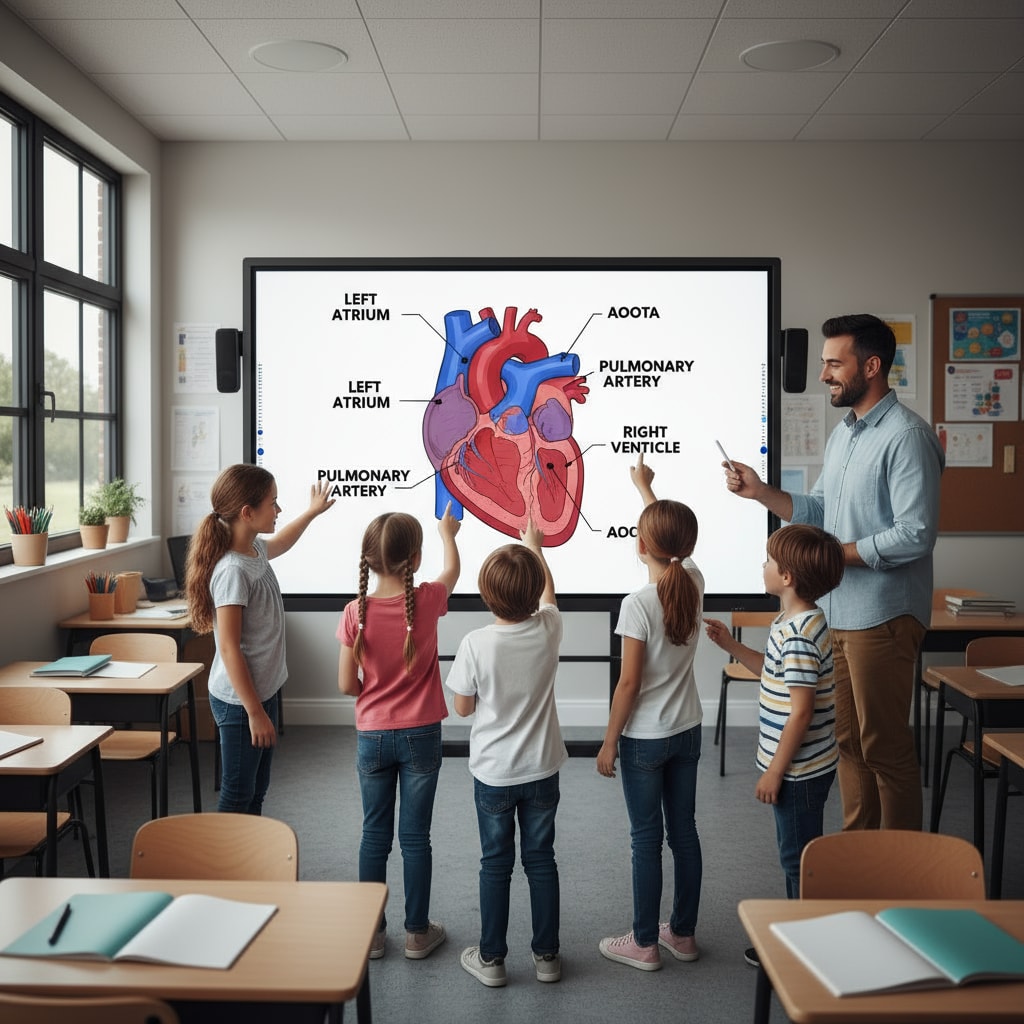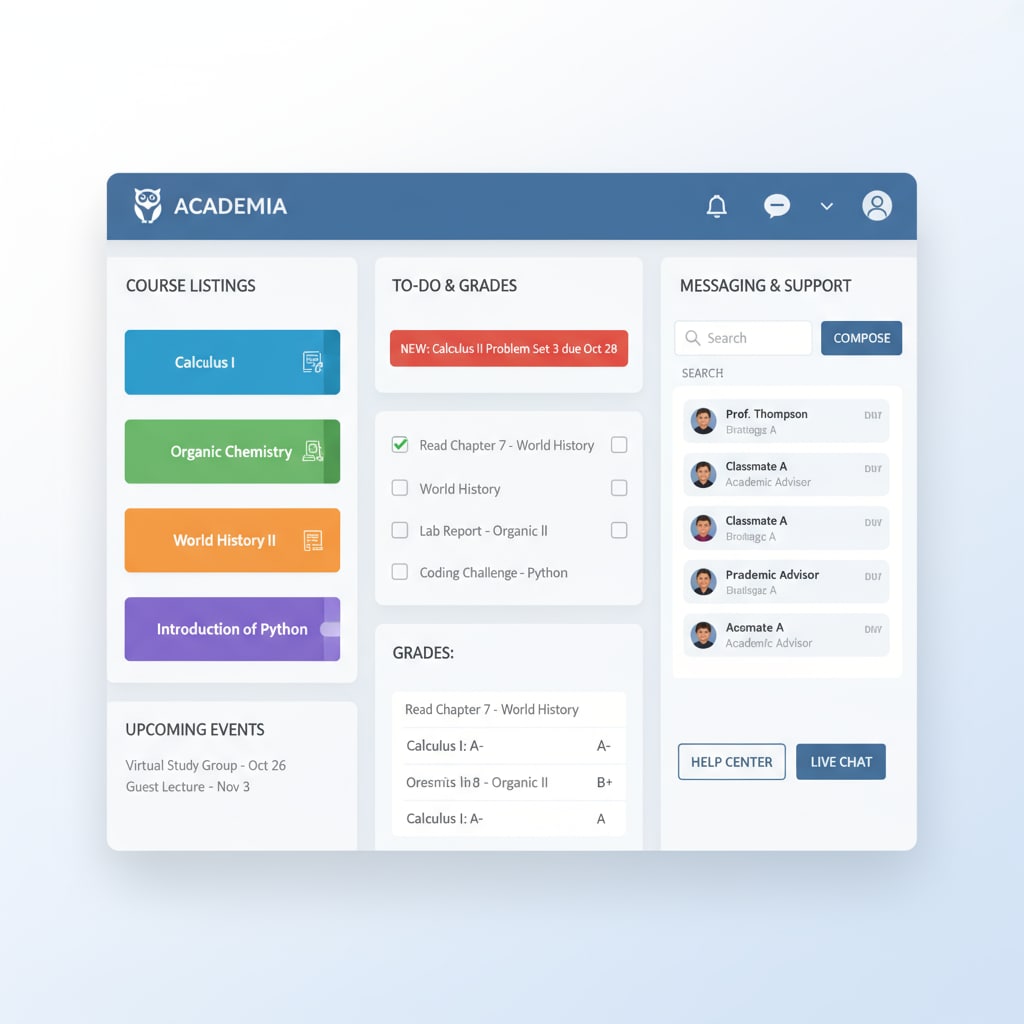In the realm of education, the integration of educational technology, classroom engagement, and learning tools has become a transformative force. Gone are the days when classrooms relied solely on traditional teaching methods. Today, a digital revolution is underway, and innovative tools are reshaping the learning landscape. Let’s explore five such tools that are making a significant impact.
Interactive Whiteboards: A Gateway to Active Learning
Interactive whiteboards have emerged as a staple in modern classrooms. These devices allow teachers to display multimedia content, including videos, images, and interactive presentations. For example, instead of a static textbook illustration, a teacher can project an animated video that explains a complex scientific concept. This not only grabs students’ attention but also encourages them to actively participate in discussions. According to Wikipedia’s entry on Interactive Whiteboards, they have become an essential part of many educational institutions. Students can come to the board, use touch or pen input to solve problems, and collaborate with their peers in real-time. As a result, the traditional one-way flow of information is transformed into a dynamic and engaging learning experience.

Learning Management Systems: Organizing and Facilitating Learning
Learning Management Systems (LMS) have revolutionized the way educators manage courses and students access learning materials. Platforms like Moodle and Canvas provide a centralized hub where teachers can upload lectures, assignments, and quizzes. Students can then log in from anywhere, at any time, to complete their tasks. In addition, LMS allows for easy communication between teachers and students. Teachers can provide feedback on assignments, and students can ask questions. This seamless organization of learning resources and communication channels enhances classroom engagement. As per Britannica’s information on Learning Management Systems, these systems are designed to streamline the educational process. They also enable educators to track students’ progress, identify areas of difficulty, and provide targeted support.

Another powerful tool in the modern classroom is educational apps. There is a wide range of apps available for various subjects and age groups. For language learning, apps like Duolingo make learning fun and accessible. These apps often incorporate gamification elements, such as points, badges, and leaderboards, to motivate students. Math apps can provide interactive practice problems with instant feedback. The use of apps in the classroom allows for personalized learning experiences, as students can progress at their own pace. In addition, many apps can be used offline, making them convenient for students to use outside of the classroom. This flexibility and interactivity offered by educational apps contribute to increased student engagement.
Virtual Reality and Augmented Reality: Immersive Learning Experiences
Virtual Reality (VR) and Augmented Reality (AR) are taking classroom learning to a whole new level. VR headsets can transport students to different historical periods, far-off locations, or even microscopic worlds. For instance, students can explore the inside of a cell in a biology class through a VR experience. AR, on the other hand, overlays digital information on the real world. In a geography class, students can use AR to see 3D models of geographical features on their textbooks. These immersive technologies create a sense of presence and engagement that traditional teaching methods cannot match. They make learning more memorable and help students better understand complex concepts. As technology continues to advance, the potential of VR and AR in education is only set to grow.
In conclusion, the digital revolution in the classroom, driven by educational technology, classroom engagement, and learning tools, is transforming the way students learn. The tools discussed here – interactive whiteboards, learning management systems, educational apps, and VR/AR – are just a glimpse of the possibilities. By embracing these technologies, educators can create more engaging, effective, and personalized learning experiences for their students.
Readability guidance: Each section focuses on a key educational tool. Lists and short paragraphs are used for clarity. Transition words like ‘for example’, ‘in addition’, and ‘as a result’ are included to enhance flow. The use of external references from Wikipedia and Britannica adds credibility.


